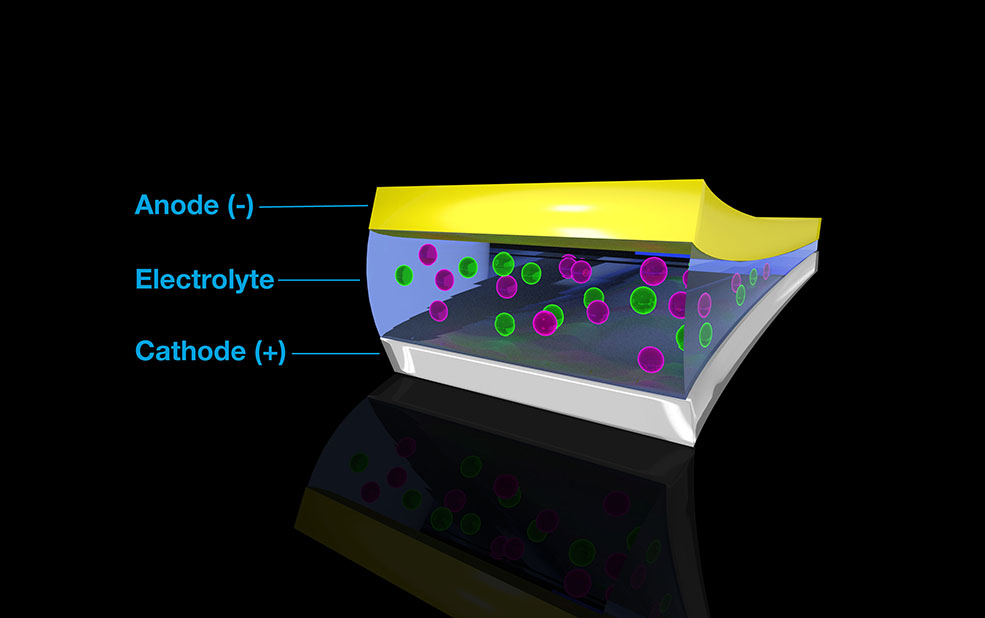
Team Takes Fluoride from Taps and Toothpaste to Batteries
With user facilities, researchers devise novel battery chemistries to help make fluoride batteries a reality.

With user facilities, researchers devise novel battery chemistries to help make fluoride batteries a reality.
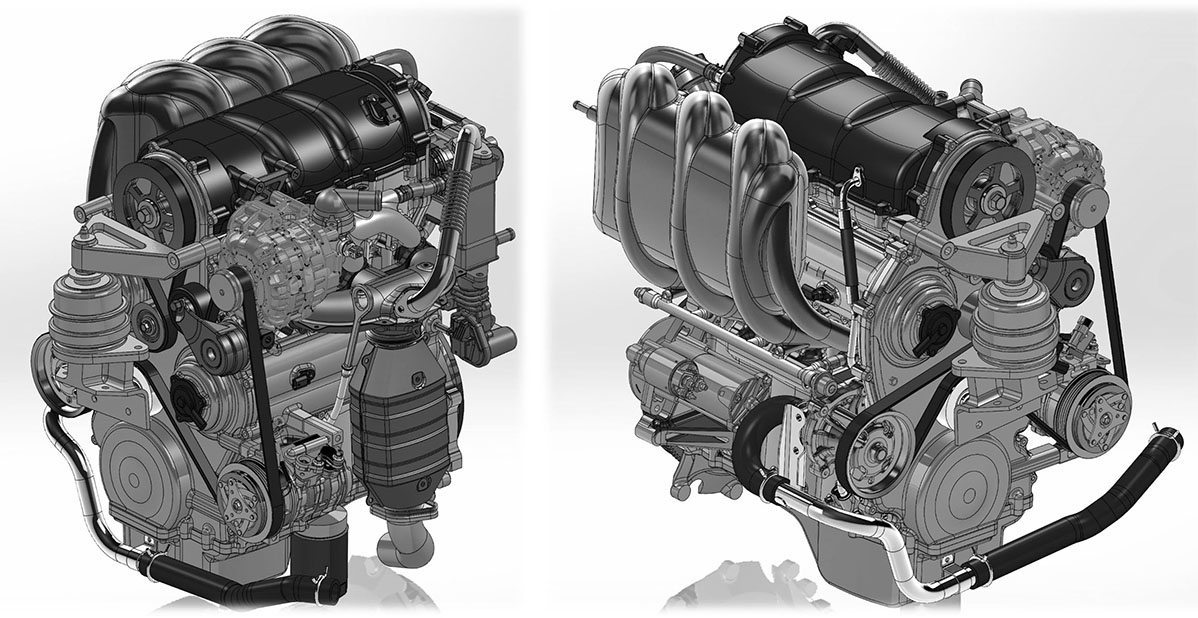
Researchers modeled design concepts for innovative, opposed-piston engine on Titan supercomputer.
Read more about Supercomputing Low-Emission Engine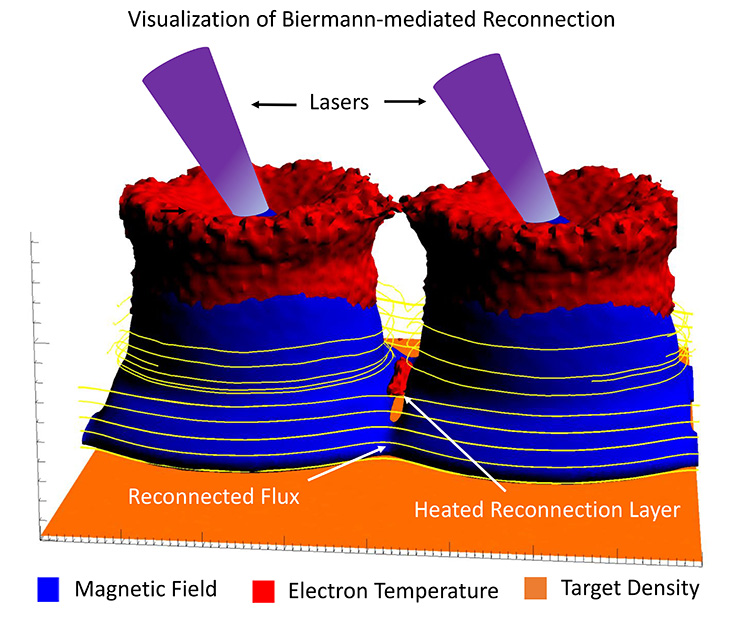
The mechanism responsible for creating intense magnetic fields in laser-driven plasmas also helps tear the fields apart.

How microbial communities adjust to nutrient-poor soils at the genomic and proteomic level gives scientists insights into land use.
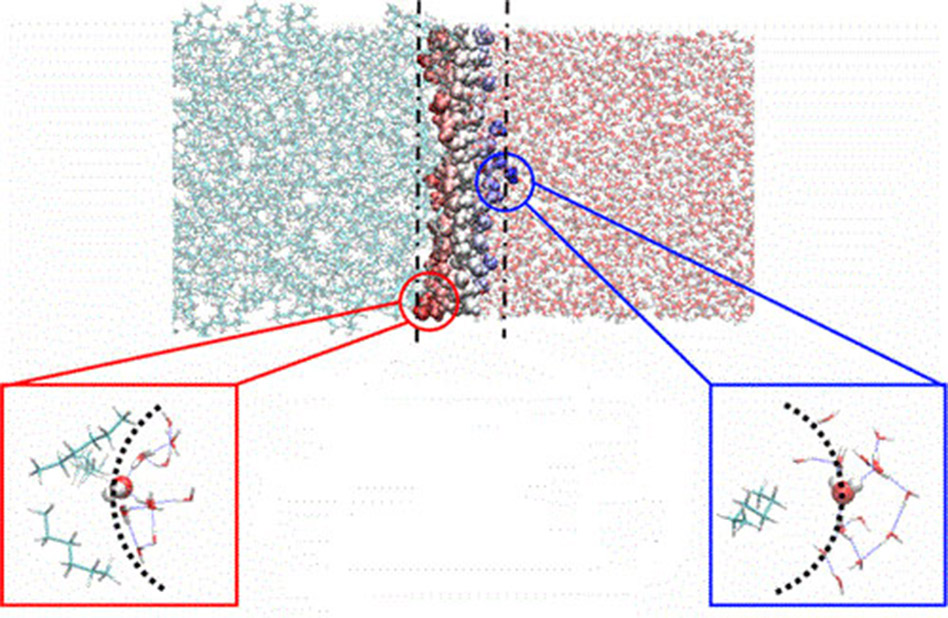
Crests of watery waves breaking in oil may be the gatekeepers to transport vital chemicals in industrial separation process.
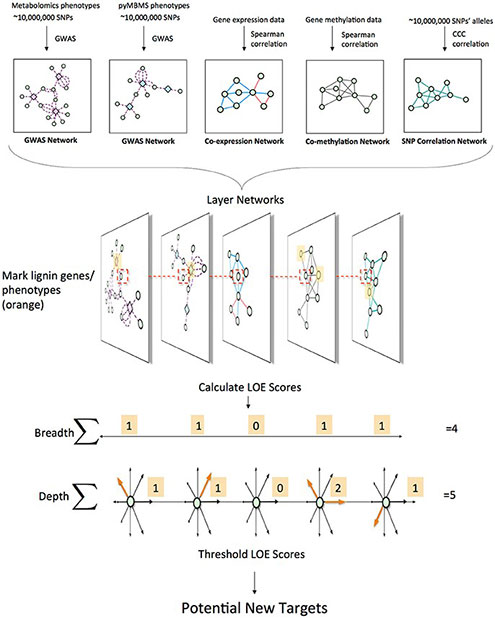
Systems biology leads the way to exascale computing on Summit supercomputer.

The first-ever computation of an atomic nucleus, the deuteron, on a quantum chip demonstrates that even today’s rudimentary quantum computers can solve nuclear physics questions.
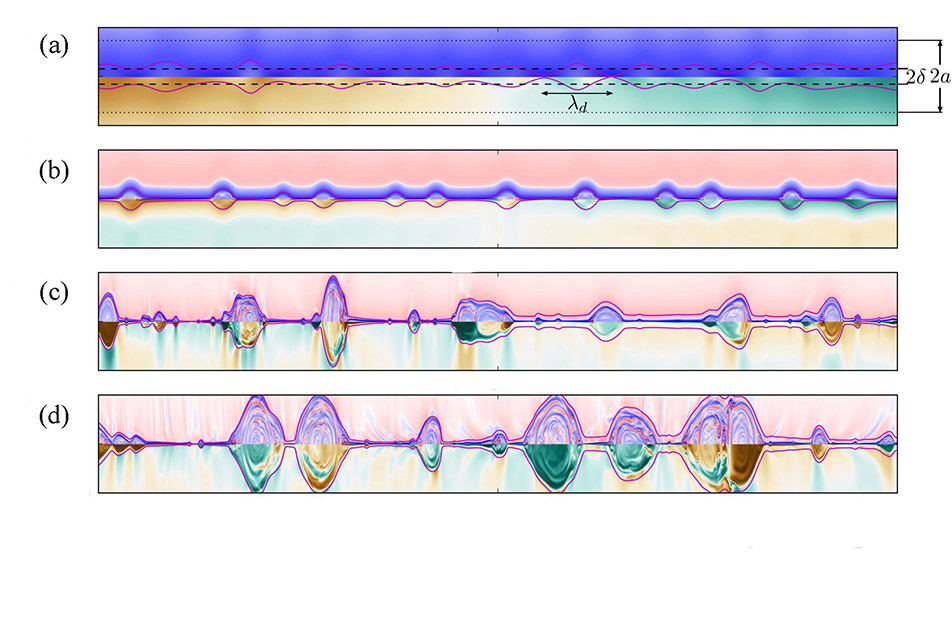
Supercomputer simulations and theoretical analysis shed new light on when and how fast reconnection occurs.
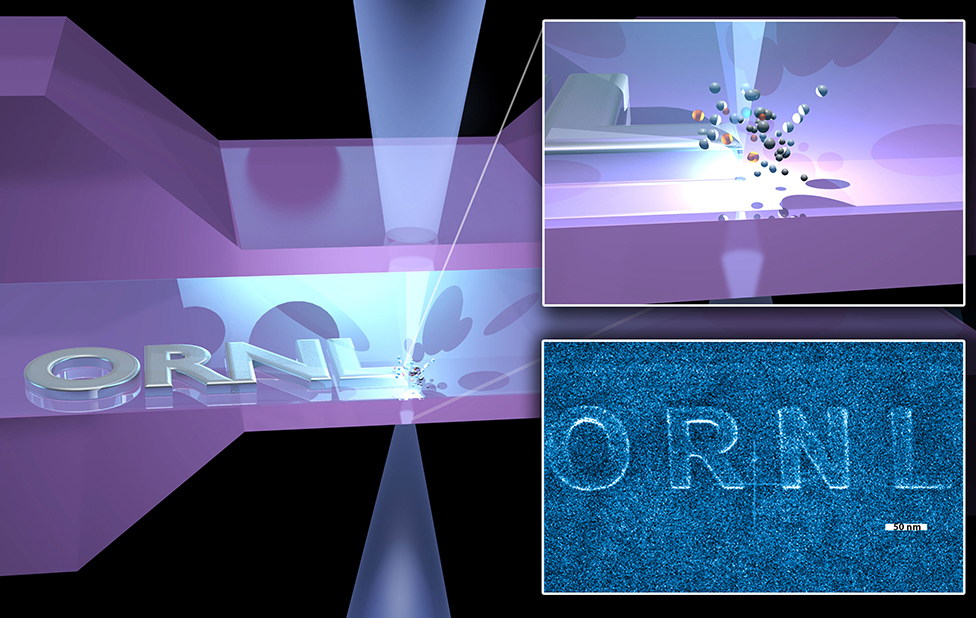
Scientists use ion beams to write high-purity metal structures, enabling nanofabrication opportunities.
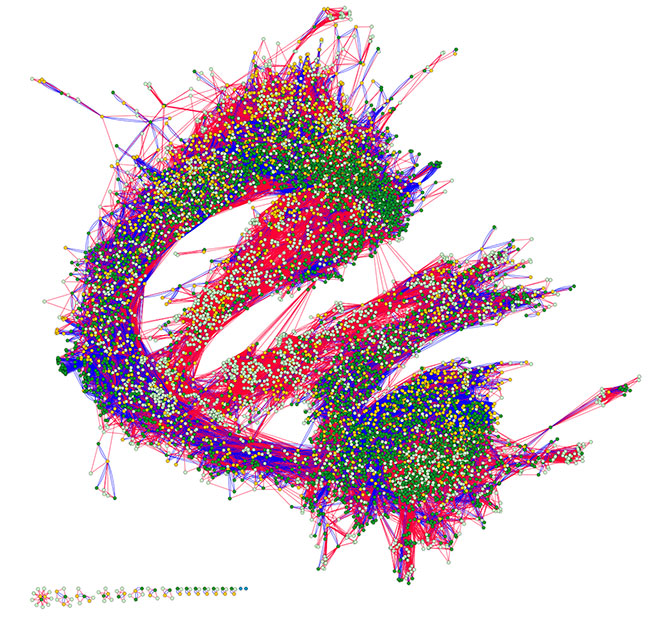
Researchers develop a method of identifying gene expression patterns in drought-resistant plants.
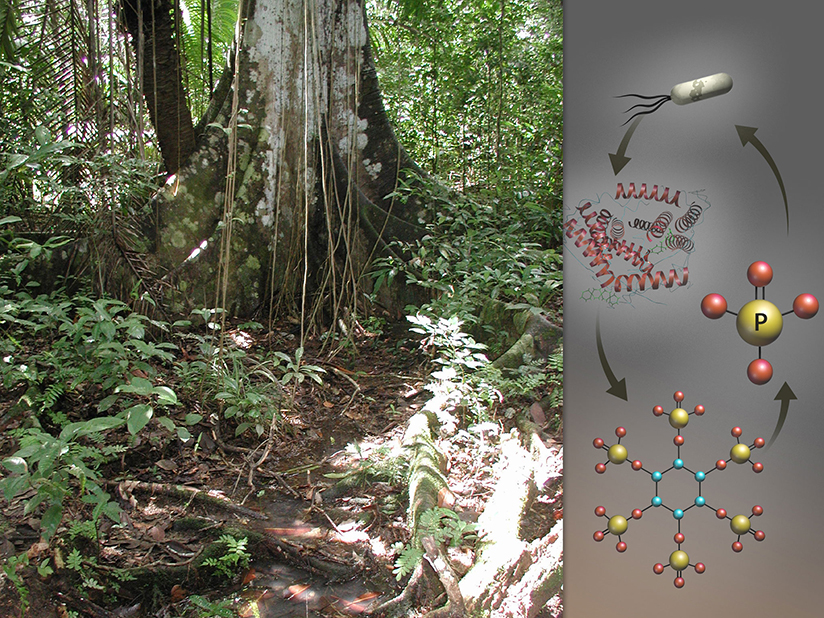
High-performance computing reveals the relationship between DNA and phosphorous uptake.
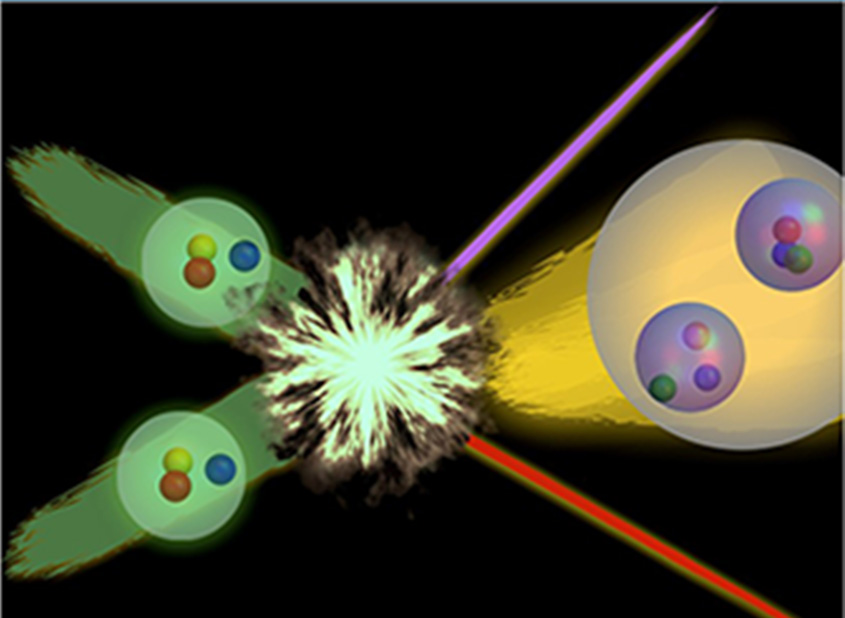
Large-scale simulations of quarks promise precise view of reactions of astrophysical importance.